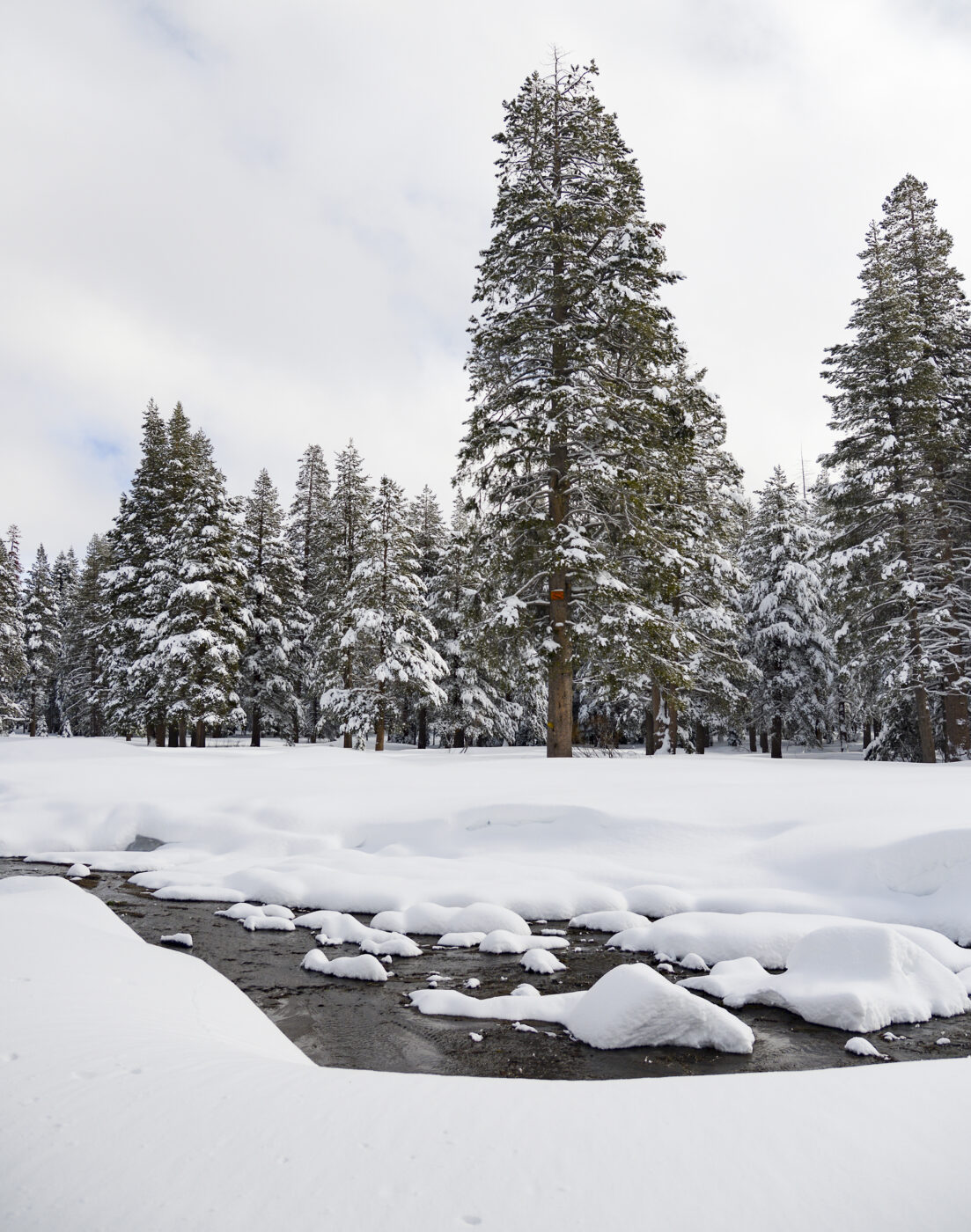State officials announced today that water deliveries from the state’s aqueduct will be increased to 30%, the highest amount for January that growers and Southern California cities have received in six years.
Less than two months ago, amid forecasts of a third consecutive drought year, the California Department of Water Resources announced an initial allocation of just 5% of the supplies requested from its State Water Project, which transports Northern California water south.
But recent storms have boosted the reservoirs, snowpack and river flows that feed the state aqueduct. Never in the 27 years of records has such a poor initial estimate been followed by such a rapid, dramatic jump.
About 27 million people, mostly in Southern California, and 750,000 acres of farmland depend on water provided by the State Water Project.
“Thanks to the water captured and stored from recent storms, the state is increasing deliveries to local agencies that support two-thirds of Californians – good news for communities and farms in the Bay Area, San Joaquin Valley and Southern California,” Gov. Gavin Newsom said in a statement. “We’ll keep pushing to modernize our water infrastructure to take advantage of these winter storms and prepare communities for the climate-driven extremes of wet and dry ahead.”
The first projection for 2023 water deliveries came on Dec. 1, when things looked very different in the dynamic interplay between California drought, water supplies and weather forecasting. At the time, Lake Oroville — the project’s largest reservoir — was 27% full, containing less than a million acre-feet of water. Weather experts were meanwhile predicting another winter of predominantly blue skies and light precipitation.
Things quickly changed when a series of powerful storms soaked the state for weeks early this year. The wet weather has boosted Oroville to 63% of its total capacity and 110% of its historical average for this date. The reservoir contained 2.19 million acre-feet of water as of Jan. 26, and, like others throughout the state, it continues to rise.
Department of Water Resources Director Karla Nemeth said the increased deliveries don’t mean the state will see a wet year.
“We are still early in the season,” she said, adding that “things have turned dry again.” She also said the increased deliveries are a result of more reservoir storage and doesn’t fully take into account increases in Sierra Nevada snowpack, which is now more than double its historic average for January.

Allocations for January often are revised up or down later in the year, after spring runoff is measured. Usually, the final allocation increases. For instance, in June 2019, water deliveries reached 75% after starting the year at 15%.
The last time that water deliveries so early in the year exceeded the 30% was before the current drought, back in 2017 — when a record-breaking, 5-year drought ended, rainfall almost broke state records, and deliveries reached 60%. The last three years were dismal, with allocations between 5 and 20%. The last time the local agencies got 100% was in 2006.
For the Las Virgenes Water District, which serves about 75,000 people in northern Los Angeles County and gets all of its water from the state aqueduct, the new allocation recasts what was a very grim outlook on water supplies for 2023.
“Mother Nature is giving us a chance to catch our breath,” said Mike McNutt, a Las Virgenes spokesman.
The district enforced stiff regulations on outdoor watering last year, including the use of restrictors, which are small washers inserted into pipes, into the homes of repeat violators of water conservation rules.
Dave Pedersen, the district’s general manager, said the increased deliveries will “soften some of the harshest water restrictions.” But he added that water conservation will remain a long-term goal, with a focus on replacing lawns with drought-tolerant landscaping.
